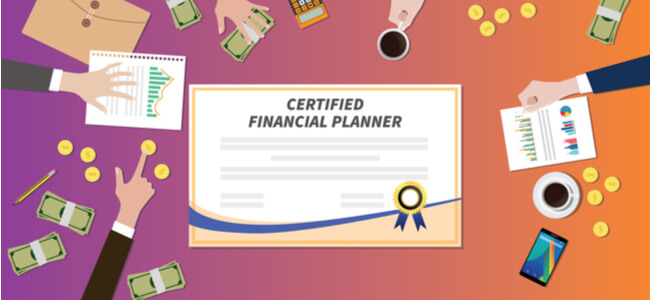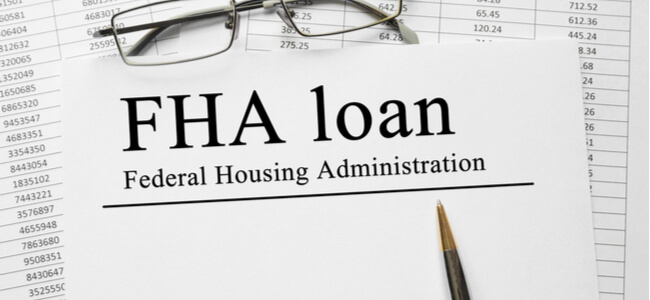Consumer Handbook: What Is An Adjustable-Rate Mortgage?

There are many factors to consider during the purchase process of a new house. One of those is what kind of financing you should use to buy your home. Essentially, you have two options: an adjustable-rate mortgage or a fixed-rate mortgage. An adjustable-rate could potentially save you significant money. Before you decide, you should have an understanding of how the process works and the impact it has.
We define adjustable rate mortgages and help you decide if they’re the right option.
What Is The Definition Of Adjustable Rate Mortgage?
What is an ARM? This is the abbreviation for an adjustable-rate mortgage, also known as a variable-rate mortgage. This is a type of loan that can be used to purchase property. The interest fluctuates periodically over the life of the loan and your monthly payments will increase or decrease depending on the prevailing interest rate.
A fixed-rate mortgage is an installment loan with an interest rate that doesn’t change from what was agreed to at the time of closing.
An adjustable-rate mortgage loan begins with a temporary introductory rate that’s usually much lower than the rate available for fixed-rate loans. At the end of the initial period, the interest resets according to the market. Your rate continues to float over the life of the loan, changing according to the caps set by the lender.
It’s more challenging to budget for a variable-rate loan, but there are advantages to buying your home with this option.
How Does An ARM Work?
How the ARM works will be specific to each loan. You must read your loan documents carefully before signing. Here are some key segments to focus on.
- Introductory period. During this time, your rate is fixed. At the conclusion of the introductory period, your loan interest will go up or down based on the market
- Key index rate. This is what the lender bases the interest adjustment on. Either the Federal Reserve prime rate or LIBOR (London Interbank Offered Rate) will be used
- Margin. The margin is how much the lender will add to the index when adjusting your interest. For example, if the margin is 2.25% and the prime rate is 1.8%, your new rate will be 4%
- Frequency of rate adjustment. This is how frequently the rate can change. For instance, your document might say “7/1,” “7” is the number of years your interest doesn’t change. The “1” means that your interest can change only once per year
- Rate caps. There’s a periodic cap that limits how much the rate can increase between adjustment periods and a lifetime cap. This helps to limit the maximum amount of increase over the introductory rate
When Does An Adjustable-Rate Mortgage Make Sense?
Many buyers believe that a fixed-interest loan is the best choice. It’s less complicated, a bit more transparent, and secure. However, there are times that a variable-interest loan is a better option. For instance:
- If this is your starter home. After a few years, you’ll be ready to buy a larger home
- Your profession involves frequent relocations
- This is an investment property, such as when you have a side gig flipping houses
- You aren’t concerned about rate increases
- You want a lower monthly payment than a fixed-rates
- You believe the interest rate will fall
- You can save for the future when the rate could potentially increase
Adjustable-Rate Mortgage Pros
A variable-rate loan can be an excellent choice. You can reap benefits not available with a fixed-rate loan.
- The initial rates are lower than a fixed-interest loan
- You can sell your property or refinance the loan before the fixed-interest period expires
- Built-in caps limit the increases on both the interest rate and the maximum amount of your monthly payment
- The lower interest payment is helpful when you’re just starting out in your career and your salary isn’t great
- Once the rate’s fixed period is over, the interest could be lower than when you first took out a loan
Adjustable-Rate Mortgage Cons
These types of loans can be complex. There are many rules, structures, and fees. Potential pitfalls to consider include:
- If rates continue to climb, you’ll end up paying more over the life of your loan than you would with a fixed-interest mortgage
- It may be difficult to absorb the increased monthly payments in your cash flow
- You may not have time to take corrective action, such as refinancing or selling your property
Bottom Line
A variable-rate mortgage comes with many benefits. For instance, having low interest in the early years of a loan will make monthly payments more affordable than a fixed-rate mortgage. At the same time, an ARM requires that you be forward-thinking. While it’s impossible to predict the future, you should plan for a spike in the market rate. This will lead to a corresponding increase in your monthly payment.
Now that you’re armed with the knowledge of adjustable rates, you should have a better idea as to what type of loan is right for your financial situation.



